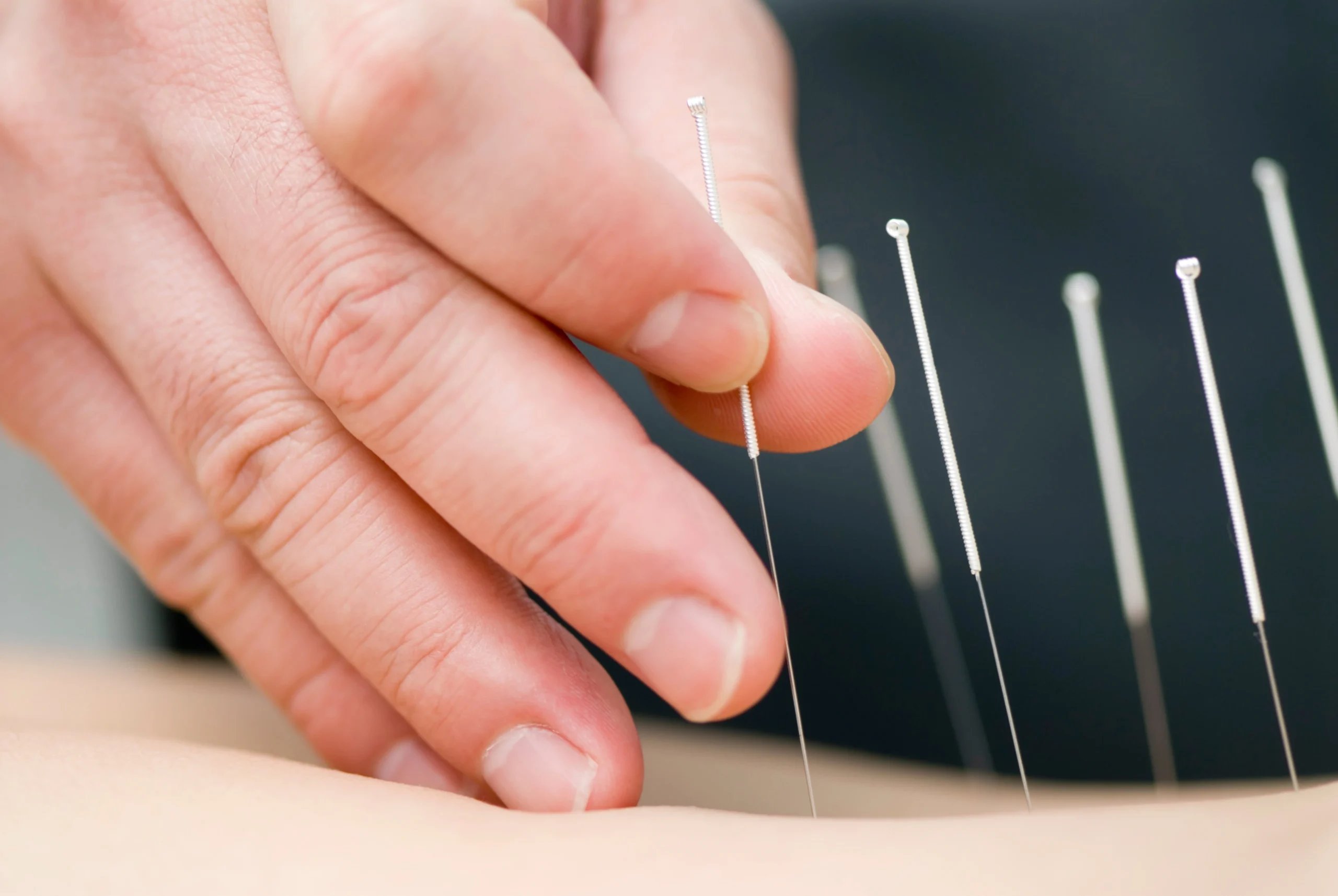Introduction
Physical therapy encompasses a wide array of techniques for alleviating pain, improving mobility, and enhancing overall quality of life.
Among these techniques, dry needling has become an effective treatment for muscle and joint pain. But what exactly is dry needling, and how does it fit into the broader scope of physical therapy?
In this blog post, we will explore the role of dry needling in physical therapy, discuss its benefits, and delve into how it can be a vital component in treating various types of pain.
This guide will provide valuable insights whether you need dry needling for the first time or seeking to understand its place in a comprehensive physical therapy plan.
What is Dry Needling?
Dry needling is a therapeutic technique physical therapists use to target muscle pain and dysfunction. It involves inserting thin, sterile needles into points on the body, known as trigger points, to relieve pain and restore normal muscle function.
How Dry Needling Works
Trigger points are hyperirritable spots within a muscle that enable the pain, stiffness, and decreased range of motion. These points are often the result of muscle overuse, injury, or stress. A needle inserted into a trigger point stimulates the muscle to contract and relax, releasing tension and alleviating pain.
The technique is called “dry” needling because, unlike injections, no medication or fluid is injected into the body. The needles used in this treatment are similar to those used in acupuncture, but the two practices are distinct in their approaches and underlying philosophies.
Dry needling is rooted in Western medicine and focuses on treating musculoskeletal issues, while acupuncture is based on Traditional Chinese Medicine balances the body’s energy, or “qi.”
The Benefits of Dry Needling in Physical Therapy
Dry needling offers a range of benefits, making it a valuable tool in the physical therapist’s arsenal. It can address a variety of conditions, from chronic pain to sports injuries, and is often incorporated into broader treatment plans.
Relief from Muscle Pain and Tension
One of the ideal benefits of dry needling is its function to relieve muscle pain and tension. By targeting trigger points, dry needling can help to relax tight muscles, reduce pain, and improve overall muscle function. This makes it an effective treatment for conditions such as myofascial pain syndrome, where chronic muscle pain is a significant concern.
Patients who undergo dry needling often report decreased pain and improved mobility, which can be particularly beneficial for those dealing with long-term muscle tightness or spasms.
Improved Range of Motion
Muscle tightness and trigger points can limit the range of motion in areas, making it difficult to perform usual activities or engage in physical exercise. Dry needling can help to release these restrictions, improving flexibility and range of motion.
This is especially valuable for athletes or peoplerecovering from injuries, as it allows them to regain full function more quickly. Dry needling can contribute to a more comprehensive recovery process when combined with other physical therapy techniques, such as stretching and strengthening exercises.
Complementary to Other Therapies
Dry needling is often used with other physical therapy treatments, such as manual therapy, exercise, and stretching. This integrative approach enhances the overall effectiveness of the treatment plan, addressing multiple aspects of the patient’s condition.
For example, a physical therapist might use dry needling to alleviate acute muscle pain, followed by manual therapy to address underlying joint issues and exercise to strengthen the surrounding muscles. This multi-faceted approach ensures that all contributing factors to the patient’s pain are addressed, leading to more lasting results.
What to Expect During a Dry Needling Session
If you’re considering dry needling as part of your physical therapy treatment, it’s natural to have questions about the process. Knowing what to expect can enable you to dig down any concerns and ensure that you’re fully prepared for the experience.
The Initial Assessment
Before beginning dry needling, your physical therapist will test a thorough assessment to determine if the treatment is appropriate for your condition. This assessment will include reviewing your medical history, a physical examination, and talking your symptoms and treatment goals.
If dry needling is deemed suitable, your therapist will explain the procedure, including the benefits, risks, and what to expect during and after the session.
The Dry Needling Process
During the session, your therapist will insert thin needles into the trigger points identified during the assessment. The insertion is typically quick, and while some patients may feel a brief discomfort or twitch response, the sensation is usually well-tolerated.
The needles may be left in place for a few minutes or manipulated gently to enhance the treatment’s effectiveness. After removing the needles, your therapist may perform additional techniques, such as manual therapy or stretching, to further promote muscle relaxation and recovery.
Post-Treatment Care
After a dry needling session, it’s common to experience some soreness in the treated areas, similar to the feeling after an intense workout. This soreness subsides within 24 to 48 hours, and your therapist may recommend gentle stretching, hydration, and rest to aid in recovery.
Regular sessions may be necessary depending on the severity of your situation and your response to the treatment. Your physical therapist will work with you to develop a plan addressing your needs and goals.
Final Thoughts
Dry needling is a powerful tool in physical therapy, offering significant benefits for those dealing with muscle pain, joint issues, and various musculoskeletal conditions. Whether used as a standalone or a combination with other therapies, dry needling can help alleviate pain, improve mobility, and enhance overall well-being.
If you’re considering dry needling or exploring physical therapy options, it’s essential to work with a qualified expert who can guide you through the approach, meeting the treatment to your unique needs. Wholistic Medical Group offers personalized physical therapy services, including dry needling, to help you achieve optimal health and recovery.
Book an appointment today at Wholistic Medical Group to experience the benefits of dry needling and take the initiative towards a pain-free, active life. We also have a self-assessment test for your reference, feel free to check this out!




